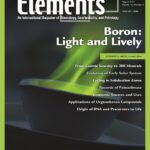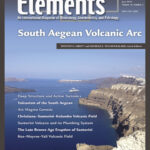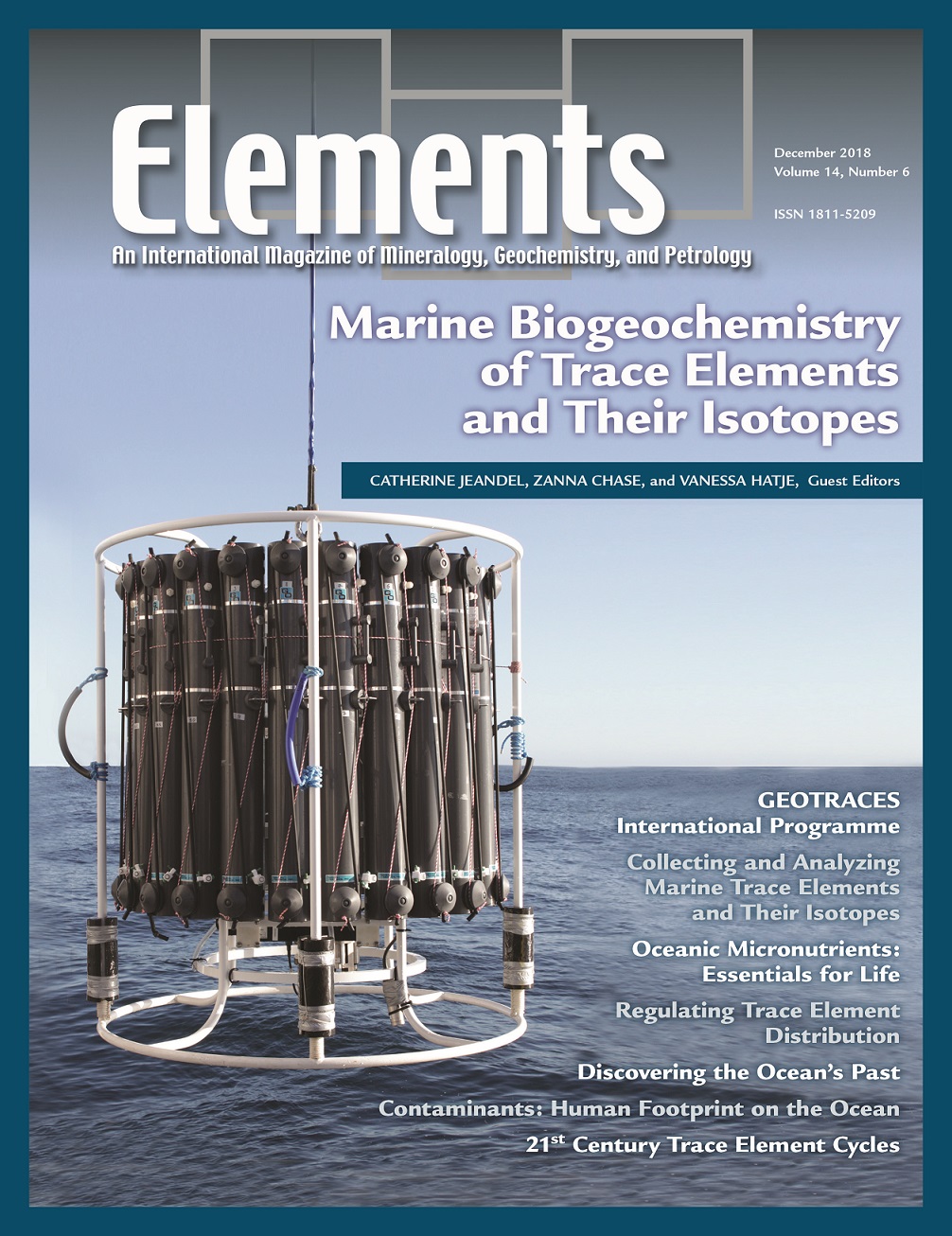
Boron: Light And Lively, August 2017, Vol. 13, No. 4
June 28, 2024
South Aegean Volcanic Arc, June 2019, Vol. 15, No. 3
June 28, 2024Marine Biogeochemistry Of Trace Elements And Their Isotopes, December 2018, Vol. 14, No. 6
$20.00
The field of marine geochemistry is exploding these last two decades. During the 1980s and 1990s, the scientific community developed a geochemical toolbox to study key ocean processes, based on the concentration and isotopic composition of trace elements.
Marine Biogeochemistry Of Trace Elements And Their Isotopes
December 2018, Vol. 14, No. 6
The field of marine geochemistry is exploding these last two decades. During the 1980s and 1990s, the scientific community developed a geochemical toolbox to study key ocean processes, based on the concentration and isotopic composition of trace elements. The multiple processes at play in the ocean led the community to join forces and combine, at a global scale, the information provided by individual tracers to tackle big questions in oceanography. These were the motivations to create GEOTRACES, an international program of marine geochemistry. The key questions include the sources, internal processes and sinks of the elements; the services and functioning of marine ecosystems; the ocean’s role in climate variability; and the transport and fate of contaminants in the ocean. This issue introduces the reader to the fascinating exploration of the big questions in ocean science using the chemistry of the infinitely small in seawater.
Why You’ll Love Elements Magazine:
- Expert Contributors: Articles written by renowned researchers in the field of geoscience.
- Engaging Content: Join a community of readers who are passionate about Elements.
- Exceptional Quality: Each issue is printed on high-quality paper with stunning visuals and detailed illustrations that bring complex scientific concepts to life.
Order your copy of the December 2018 issue of Elements magazine today and explore marine biogeochemistry of trace elements and their isotopes.
Related products
-
Diamonds, March 2005, Vol. 1, No. 2
$20.00Diamond, the fascinating ultrahard mineral, is the focus of considerable interest and scientific research. Recent advances particularly relevant to geoscientists include: diamond as a recorder of Earth processes from the perspective of inclusions, chemistry, and conditions of formation; synthesis for research applications and processing to modify color and physical properties, important to diamond gems and anvils; the implications of nanodiamonds from meteorites.
-
Platinum-Group Elements, August 2008, Vol. 4, No. 4
$20.00The geoscientific and economic significance of the PGE is immense. Due to their extreme siderophile and chalcophile behaviour, the PGE are highly sensitive tracers of geological processes involving metal and sulfide phases.
-
Water On Mars, June 2006, Vol. 2, No. 3
$20.00During the past several decades, spacecraft data have transformed the planets from astronomical objects into geologic worlds. Mars is the current focus of planetary exploration, and NASA’s objectives for this effort are based on the theme, “follow the water.




